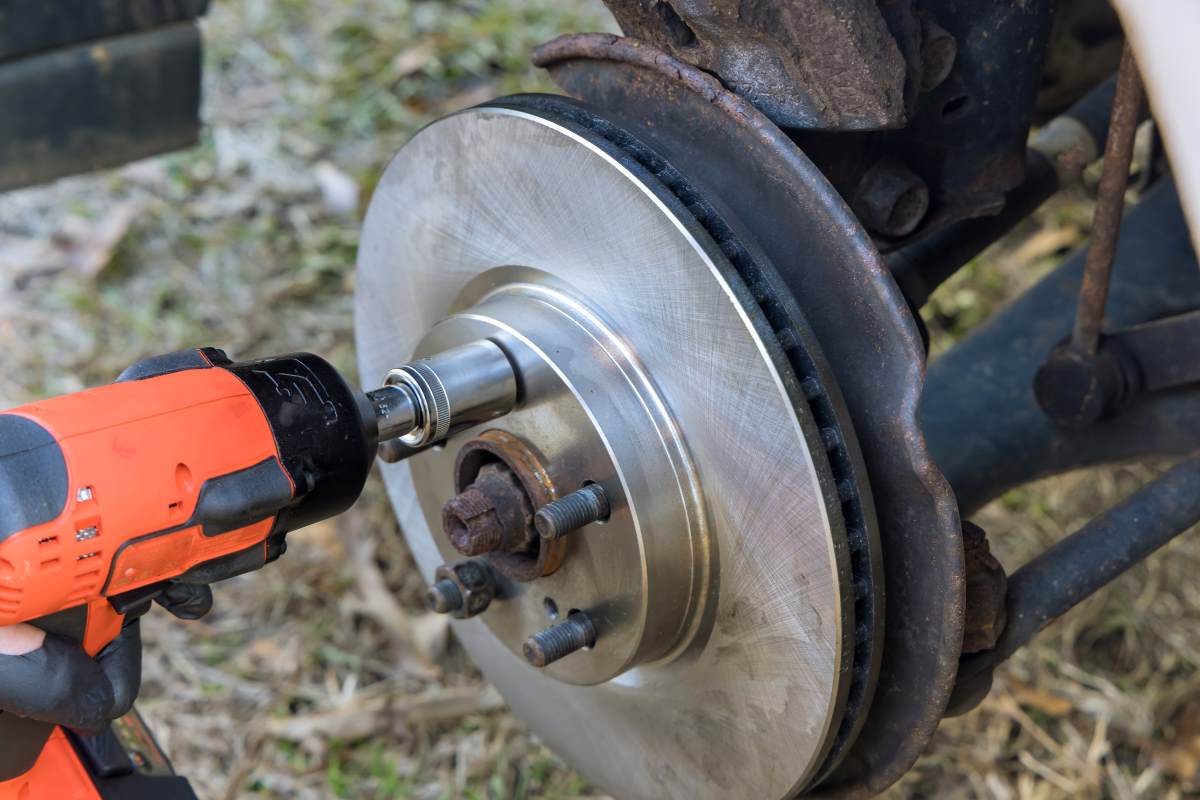What are the Differences Between Full-floating and Semi-floating Axles?

An axle is a vital component of your four-wheel drive. It is like a rod or a shaft that rotates the wheels and supports the vehicle's weight. Most four-wheel drive car manufacturers design their vehicles using semi-floating axles or full-floating axles. These are installed on the vehicle's body or the wheels.
In this piece, we’ll look at types of rear axle and the major difference between them.
What is a Semi-floating Axle?
A semi-floating is the commonly found axle on the rear of most four-wheel drive, particularly those with lighter loads. In this arrangement, the axle shaft is attached to the wheels themselves, allowing the power transmission from the differential to the wheels. Further, the axle shaft comprises an axle rod and housing, which is responsible for carrying the vehicle's weight.
What is a Full-floating Axle?
True to its name, a full floating axle can support more weight, making it applicable for heavy-duty trucks or sport utility vehicles. In this setup, the main responsibility of the axle shaft is to transfer power from differentials to the wheels. The load-bearing function has a separate component known as the wheel hub.
This wheel hub is placed right on the axle housing, making supporting the vehicle’s weight conveniently without depending on the axle shaft.
Semi-floating Axle vs Full-floating Axle: Key Differences
|
Point of Comparison |
Semi-floating Axle |
Full-floating Axle |
|
Weight-bearing capacity |
The axle bears the vehicle’s weight as well as the rotational forces generated by the wheels. |
The axle shaft focuses on the transmission of power, while the weight-bearing responsibility is of the wheel hub. |
|
Weight distribution |
More weight is on the axle shaft. |
Weight is evenly distributed between the axle shaft and the wheel hub. |
|
Durability |
Suitable for regular driving or lighter loads. |
More durable owing to the potential to withstand heavy loads. |
Which is Better: Semi-floating or Full-floating Axle?
The choice of axle should depend on your intended use case. If you use your car for regular driving to work or other household purposes, a semi-floating axle should work fine for you. On the other hand, installing a full-floating axle will make more sense if you're involved in off-loading.
Hence, it is important to understand the difference between a semi-floating axle and a full-floating axle to be able to choose the right type for your use. As your decision will impact your vehicle’s performance and safety, it is important to carefully evaluate the merits of both these types and compare them with your required preference.
















